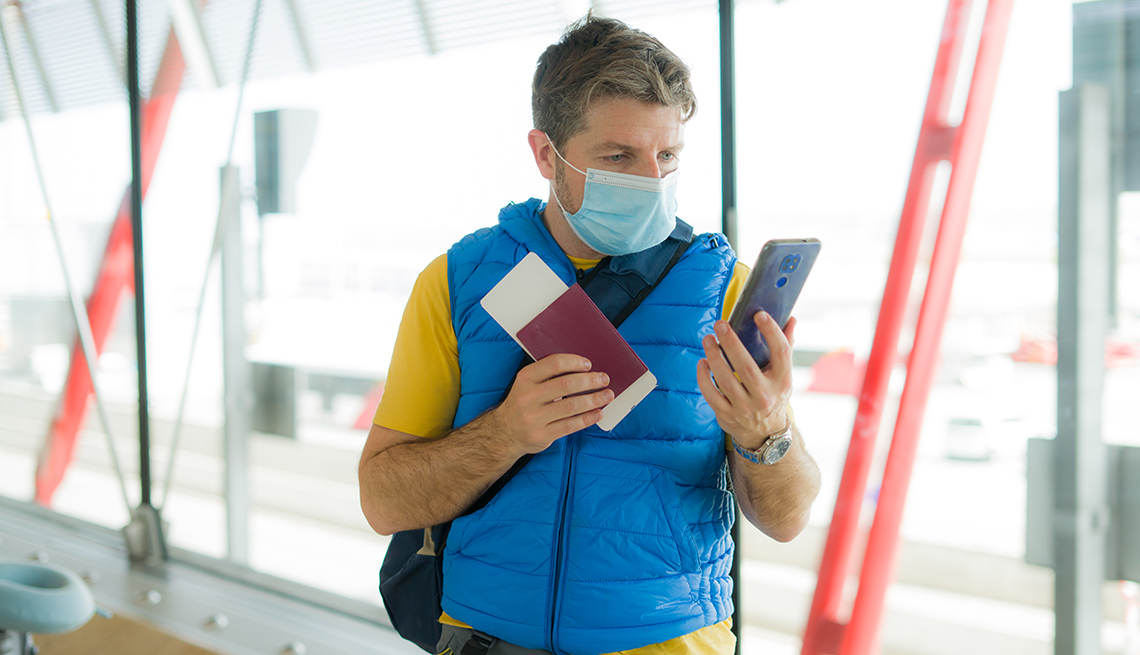
- Select a language for the TTS:
- UK English Female
- UK English Male
- US English Female
- US English Male
- Australian Female
- Australian Male
- Language selected: (auto detect) - EN
Play all audios:
BEIJING, BLOOMBERG -- China’s efforts to revive Silk Road trading routes are proving to be a boon for a slightly less ancient mode of transportation: freight trains.
The value of cargo sent between between China and Europe by rail surged more than 140 percent in the first six months of last year, according to a new report from the Center for Strategic
and International Studies in Washington. Some 35 Chinese cities are connected to 34 European cities, CSIS said, from Chongqing to Duisburg, and Xiamen to Budapest. A decade ago, none were.
A major driver has been Chinese President Xi Jinping’s signature Belt and Road Initiative, which Morgan Stanley expects to fuel as much as $1.2 trillion of spending on railways, roads, ports
and power grids over the next decade. Governments across China have hurried to set up their own rail routes and logistics companies, often paying generous subsidies to make the 11,000-plus
kilometer (6,800-mile) journey more attractive.
“Recent gth has been very dramatic. It feels like a new service is being announced every month,” says Jonathan Hillman, director of CSIS’s Reconnecting Asia Project and author of the report.
While rail only accounts for 0.9 percent of cargo volume -- and 2.1 percent of value -- shipped between the two markets, Hillman said it was possible that share would double over the next
decade.
Political backing from Beijing has helped overcome hurdles that had previously deterred more exporters from choosing 15- to 18-day rail trips over cheaper sea voyages that take twice as
long. Chinese subsidies can cover as much as $7,000 per container, or more than half the cost, CSIS estimates.
That sort of support makes the cost of running half-empty trains back from Europe less prohibitive. China’s massive trade surplus with the region means as much as 70 percent of the
transcontinental rail freight goes west.
“China has used the announcement of new routes as evidence that the BRI is succeeding,” the report says. “It is difficult to imagine these routes emerging as rapidly as they have in recent
years, without China putting its political and financial weight behind them.”
Electronic products such as HP Inc. laptops and Foxconn Technology Co.-produced iPhones make up about half of China-Europe freight today, down from about 90 percent five years ago, said
Wilhelm Patzner, chief executive officer of Far East Land Bridge, a Vienna-based freight forwarder. Home furnishings and appliances like washing machines, vacuum cleaners, as well as Ikea
products make up most of the rest.
The freight imbalance may shift as increasingly wealthy Chinese demand more imported meat, fruits and vegetables from Europe, said Ronald Kleijwegt, who manages China-Europe train services
at Jusda, a logistics company wholly-owned by Foxconn Technology Group. That trade is held back because of a Russian restriction on imports or transit shipments of European foodstuffs.
The fledgling route could face another potential shock if Chinese government halted the subsidies, Kleijwegt said. To prepare, Jusda is experimenting with using larger containers to reduce
costs and become more competitive.
“No one can build a sustainable model based on government support,” Kleijwegt said. “So we keep working to reduce cost points.”
MDDI (P) 042/10/2024, MDDI (P) 043/10/2024新报业媒体有限公司版权所有(公司登记号:202120748H)在中国的用户请游览 zaobao.com
第三方公司可能在早报网站宣传他们的产品或服务。不过您跟第三方公司的任何交易与早报网站无关,早报将不会对可能引起的任何损失负责。






:max_bytes(150000):strip_icc():focal(999x0:1001x2)/chester-bennington-5-2000-8813202af89f44c9ab09ca595d522984.jpg)
